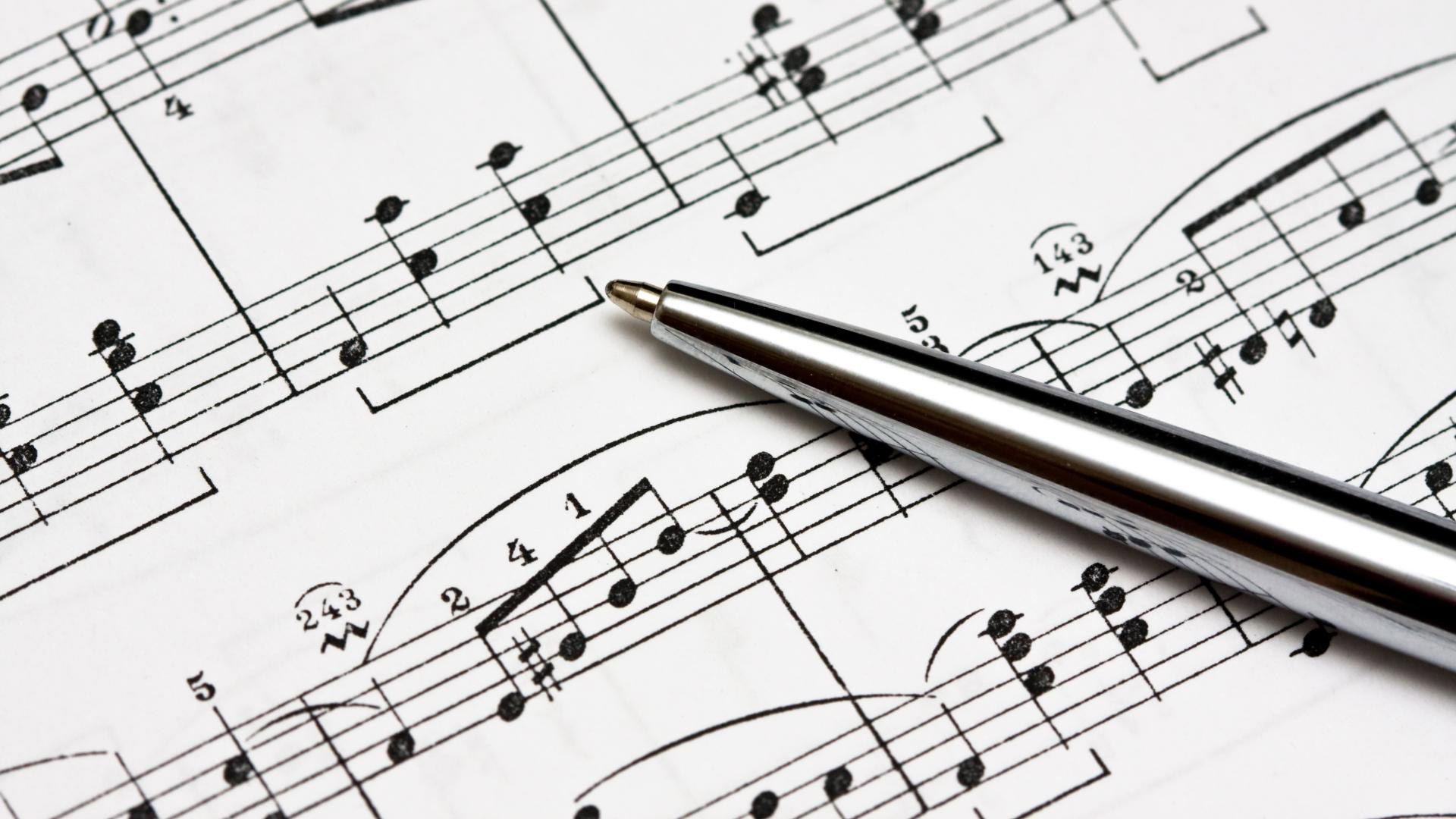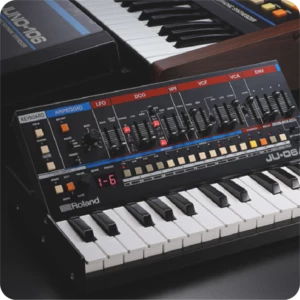What exactly is music theory, you ask?
Regarded as the study of copious musical components, this theory allows ambitious individuals to comprehend and speak the language of music fully. By highlighting the copious elements and qualities that form Harmony, melody, and rhythm, music theory serves as the blueprint for a deeper understanding and interpretation of compositions of Best Sound Packs. If you find yourself aspiring to create your music, thoroughly learning about the subject’s complexities is a crucial step that should not be overlooked.
Are you eager to gain insight into music theory’s various disciplines and concepts but don’t know where to begin? SikkSounds has got you covered! Here, we wish to see you reach new heights of musical success — and we are here to lend a helping hand every step of the way.
Read ahead to grasp the intricacies of the subject like never before! The vast world of music awaits you.
Why Should I Learn Music Theory?
For all of you up-and-coming musicians out there, musical awareness is a skill that should be given the utmost consideration. You will instantly notice progress in your musical development as you learn a substantial amount about the several facets of music theory. The subject rewards you with insight that leads to exemplary, effortless music production.
You’ll better understand the nitty-gritty and develop profound critical listening skills. Over time, you’ll witness improvements in your ability to arrange songs, make composition decisions, and create melodies. Music theory opens the door to expression, efficiency, and endless creative possibilities — and it is a worthwhile investment calling your name. Utilize this tool to develop and revolutionize your music-making adventures today.
What is Harmony?
To embark on a brand new musical journey, it is vital to dive into the world of a very crucial core element: Harmony.
Defined as the combination of simultaneous notes and voices to produce a new sound, Harmony significantly elevates the appeal of a song. Consisting of chords, chord progressions, and combined vocal parts, this fundamental music-making element remains incredibly intriguing to the ear. The two predominant types of Harmony are as follows:
- Dissonant Harmony – a combination of notes that sound unpleasant when played simultaneously and pave the way for a rather harsh, tense effect
- Consonant Harmony – a combination of notes that sound pleasant when played together, transition smoothly and add a smooth, stable touch.
What is Melody?
Often the most easily recognizable aspect of a song, the melody is a succession of sonically appealing musical notes in a sequence. Consisting of instrumentals and vocals, melodies play an instrumental role in adding variation to a track.
The two critical constituents of a melody are the following:
- Pitch – the audio vibration that is created by either an instrument or a voice
- Rhythm – the arrangement of a variety of notes with different durations (the length of each pitch)
Additionally, melodies tend to have two types of melodic motion:
- Conjunct Motion – a natural melodic motion in which notes move by whole or half steps and have shorter leaps between one another
- Disjunct motion – a complex melodic motion in which notes have larger leaps between one another
What is Rhythm?
Widely regarded as a significant component of music theory, rhythm can be defined as the movement of notes and rests and a pattern of recurring strong or weak notes. Rhythm is the backbone of music production, created with exciting instruments alongside percussion and vocals.
In essence, here are the primary elements:
- Accent – the emphasis placed on specific notes
- Beat – a recurring pulse or musical pattern
- Meter – a particular sequence of both strong and weak pulses
- Strong Beat – the downbeat
- Syncopation – rhythms that highlight the offbeats
- Tempo (BPM) – the speed of a piece of music
- Time Signature – the number of beats per measure
- Weak Beat – the offbeats between the downbeats
Are you looking for inspiring sample packs with cinematic piano and drums MIDI to develop a rhythmic pattern that the world will remember? SikkSounds is the answer to all of your prayers!
Here, we master the art of instrumentation to bring you one step closer to an imaginative musical journey. Our talented sound design team aims to ease the process of music production to a great degree — which is why we create all sorts of exciting loops just for you.
From simple drums to cinematic piano, we provide an array of exciting samples to provide you with the inspiration needed to create a sonic masterpiece! Our unique, diligently crafted sample packs are the key to musical success and are suitable for all sorts of styles and genres. It gets even better. We assure you that our packs are 100% royalty-free — and we guarantee that you won’t find sounds like these anywhere else.
At SikkSounds, creativity knows no bounds. Get your hands on your favorite sample packs for stellar composition loops and endless musical possibilities!
We hope that this comprehensive guide has provided you with ample knowledge regarding the primary concepts of music theory. Ready to embark on your own musical journey with our exclusive music sample library
Success is only one download away.
[hfe_template id=’202′]






